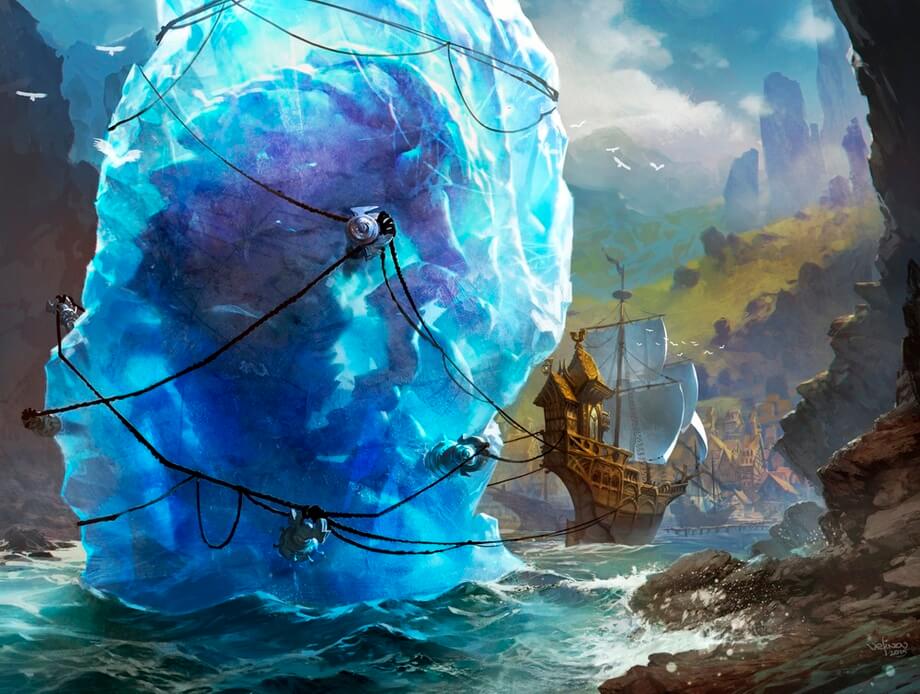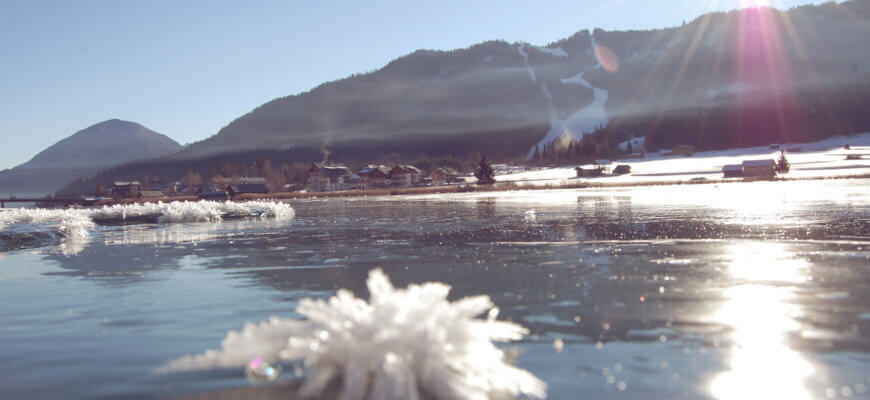Dear Blogionik readers,
The first theme session is done! It is time for another one. In the next month you will get the chance to read and maybe to write articles about the new theme: ICE
During a theme session, you have the possibility to participate on our blog. Maybe you write/wrote a bachelor/master thesis or you are working on your PhD and have something interesting to share about a theme session topic. Don’t hesitate to get in contact with us! We do not bite and will help you to write an article. This also includes skype, proofreading and communication with us in general.
If you are interested, you can write me a mail:
anja.soklic@blogionik.org
jan.berger@blogionik.org
katharina.bunk@blogionik.org
waseem.ahmed@blogionik.org
The thing in the ice
… because „winter is coming“ seems too odd these years.
This time it is my turn to give you an introduction to our theme session’s subject: ICE. There are so many interesting phenomenon about water and ice that it would need 4 or 5 articles to loosely include them all.
But here is the first thing that comes to my mind… (I will try to use more art in articles from now on!)

Thing in the Ice – Svetlin Velinov (for WotC – Magic: The Gathering)
A big boulder of ice. Of course, it is directly connected to water. Usually we all mention ice, as a stand-alone word, to describe frozen water. To go more in depth. Ice is the solid state of water. At standard atmospheric pressure, water turns to solid at 273.15 K (0°C, 32°F). More interesting is the possibility of ice deposition directly from water vapor: frost. In return it is also possible to turn ice to water vapor via sublimation. More exciting is the fact, that it has up to sixteen different packing geometries all depending on temperature and pressure, too. [1]
You see, we will write about different environmental circumstances and how this is influencing life, nature and technology.
Ice and Biomimetics
What can you expect in terms of Biomimetics? Usually we describe abilities, behaviors or pure mechanics of animals, plants and other lifeforms. This time we work on a specific natural phenomenon. So, the approach is a different one. Maybe this means that we are getting pushed into a more „top down approach“ direction. We will see. Without further research the only bottom up approach that comes into my mind which is dealing with ice is cryonic suspension. (Cryonics is the field of low-temperature preservation of humans. Cryopreservation is the field of low-temperature preservation of living tissues and organisms in general. [2])
Frozen frogs
This leads to Anja’s topic of choice. Here is a small signpost:

Frozen gray treefrog (Hyla versicolor); Photo by Jan Storey.
Is ice fatal for the living organisms?
Not really. You may think that temperatures below zero are fatal for most of the cold-blooded organisms. This is actually not the case. Some organisms developed a special metabolic process that enables them to survive freezing.
More about this topic you can find out in a few weeks when the survival of frogs will be presented as an example.
Ice and air traffic
Another article will be about planes and how Biomimetics could help to make air traveling more safety. Aircraft wings tend to be influenced by icing. This changes the aerodynamic properties of the airplane negatively. There are different technologies used to handle this problem and there are some biomimetic approaches which I would like to present you. The article will also show you how to create crystal clear ice cubes for your drinks! 😉 [3]
If you have any suggesting or questions, just write a comment on the blog or Facebook. (By the way, we like to get liked. Why didn’t I mention that before? …)
Have a nice week,
Jan
References
Intropicture by Anja Soklič
[1] https://en.wikipedia.org/wiki/Ice



